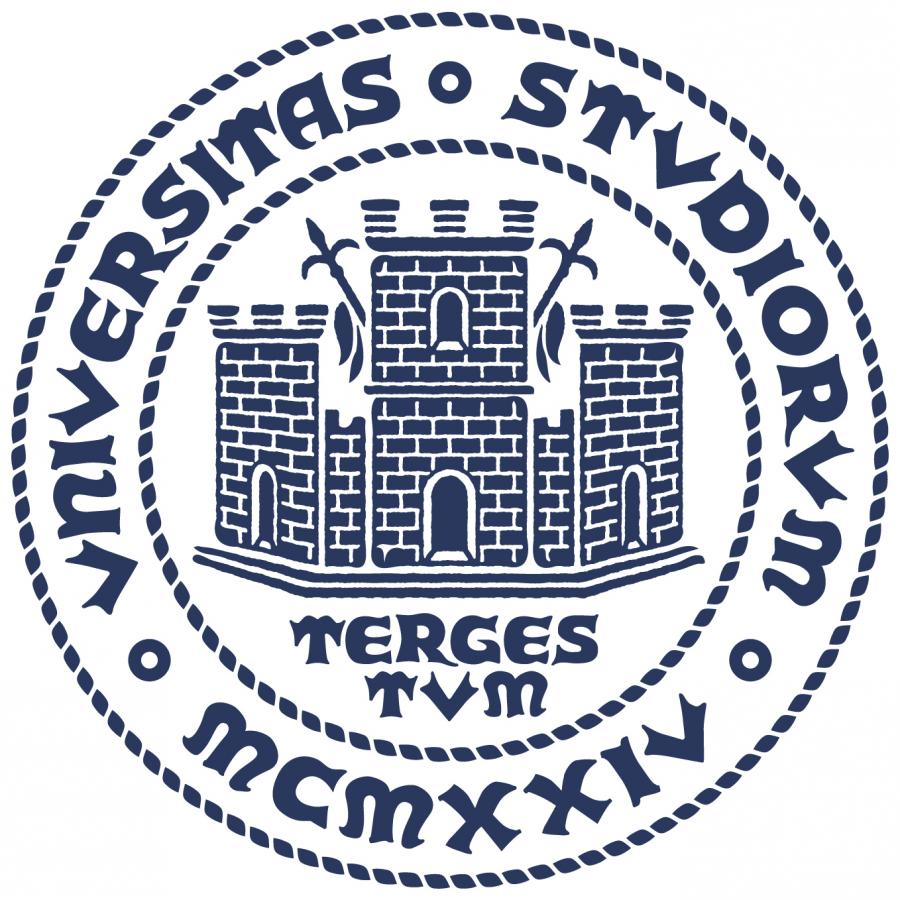- Home
- Dipartimento
- Ricerca
- Didattica
- Post Lauream
- Trasferimento della conoscenza
- Come fare per
Seminario - Diego Turrini - Institute for Space Astrophysics and Planetology INAF-IAPS, Roma
Giant planets and planetesimals: a violent relationship in the shadows of circumstellar disks
Tipologia evento:
home
Sede:
Trieste
Giant planets and planetesimals: a violent relationship in the shadows of circumstellar disks
ABSTRACT: Planetesimals are the first population of planetary bodies to form from the dust in circumstellar disks, as testified by the radioactive dating of the meteorites collected on Earth. Recent observations of circumstellar disks with ALMA revealed, however, that the formation of giant planets occurs soon after. After the appearance of giant planets, the dynamical evolution of these two classes of planetary bodies becomes closely connected. Such coupled evolution of giant planets and planetesimals, moreover, becomes entangled with the evolution of the circumstellar disks in which they are embedded. Disentangling the coupling between giant planets and planetesimals, however, is complicated by the process of orbital migration. While there is consensus that giant planets form at locations different from their observed ones, the different scenarios formulated for the Solar System propose divergent migration tracks. A further complication arises from ALMA's observational campaigns of circumstellar disks, which revealed morphological features (rings and gaps) suggestive of the presence of giant planets at several tens of au from the stars and increased the range of possible formation regions and migration tracks. A common element to all giant planet formation scenarios, both in case or in absence of migration, is that growing giant planets dynamically excite the planetesimal orbits to large eccentricities and rapidly enhance their collision rates. In this talk I'll show how the effects of the excited collisional evolution of the planetesimals alter both the composition of the planetesimals themselves and the characteristics of the surrounding circumstellar disks, and I'll discuss how these altering effects can be used to investigate the mysterious early phases in the life of planetary systems. Finally, I'll discuss how the same effects affect the composition of the giant planets and their relevance in view of the observations of the ARIEL mission.
Luogo:
Villa Bazzoni, Via Bazzoni 2
Promotore:
Stavro Ivanovski
Informazioni:
Schedule of coming seminars: http://www.oats.inaf.it/index.php/it/205-research/seminars/409-coming-seminars.html
More info on seminars: http://www.oats.inaf.it/index.php/it/seminars.html
Ultimo aggiornamento: 21-10-2019 - 12:52



